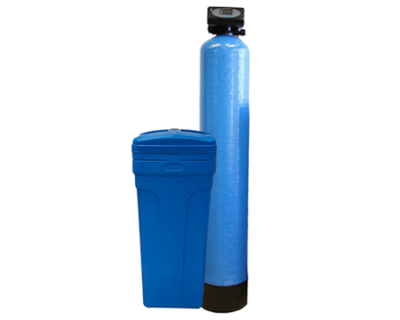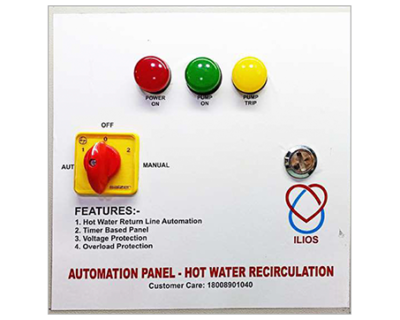Blog

Understanding Manhole Covers By Their Significance and Practical Applications
Manhole covers are an essential part of our cities and infrastructure. Though small and often overlooked, these sturdy covers play a vital role in keeping our streets safe and our underground systems functioning efficiently. This blog will explore everything you need to know about manhole covers, including their types, materials, and significance in modern life.
What Are Manhole Covers?
Manhole covers are round or square plates that protect the openings of manholes to underground sewer systems, utility tunnels, or drainage systems. They are installed to prevent the accidental falling into these openings either by people or vehicles. At the same time, manhole covers allow easy access for inspection and repairing the systems below for maintenance workers.
These covers need to be tough and solid enough, but at the same time heavy so they remain put in their positions even with pressures exerted upon them from a moving vehicle or human pedestrians. In case the manhole cover does not exist, the cities may suffer severe danger threats and unrest.
Why Is A Manhole Cover Important?
Their chief reason to use manhole covers is ensuring people’s safety along with automobiles. This secure manhole covering helps to save against falling inside it and vehicles hitting into it as well.
Safeguard of Underground Structures
Manhole cover prevents all these harmful foreign entries against underground structures by not letting the entry of trash, mud, or water in sewer pipes or cables, etc., which would hinder smooth running.
Accessible for Easy Maintenance:
Manhole covers are designed to be removable so that workers can access the underground systems for inspection, cleaning, or repairs. Their easy access saves time and effort in maintaining critical city services.
Durability Against Heavy Loads:
Streets and highways experience heavy traffic, including trucks and buses. Manhole covers are built to withstand these loads, ensuring they remain secure and intact.
Types of Manhole Covers
Manhole covers vary in shape, size, and material, according to the environment and need. Some of the most common types are as follows:
Cast Iron Manhole Covers:
These are the most widely used manhole covers, which are durable and strong. They are heavy, which ensures they do not shift even on the busiest roads.
Composite Manhole Covers:
Composite covers are made from a combination of materials such as resin and fiberglass. They are lightweight but strong. They are non-corrosive and are usually used in areas that are prone to water exposure.
Concrete Manhole Covers
These covers are reinforced with steel to add strength. They are usually used in areas with less traffic, such as parks or footpaths.
Steel Manhole Covers:
Steel covers are lighter in weight than cast iron, but they are strong and robust. They are applied in industrial locations.
Plastic or Polymer Covers:
Lightweight covers that are used where heavy traffic is not a problem. They do not rust and corrode, making them suitable for wet conditions.
Shapes of Manhole Covers
Manhole covers come in round, square, rectangular, and other special shapes. A round cover is the most commonly used for these reasons:
It Won’t Fall In:
A round cover can’t fall inside a manhole irrespective of the direction in which it is laid down. It becomes safe and more dependable for the following reason:
Ease of Movement:
Rolling a round cover for easy transportation and reducing efforts required in lifting and movement.
A round shape contributes to distributing weight evenly and thus reduces the chances of cracking or damage due to pressure.
Materials Used for Manhole Covers
Different materials are used for manhole covers depending on the application and the volume of traffic to pass through the area:
Cast Iron:
It is as strong and sturdy, can hold heavier loads, and lasts for decades.
Ductile Iron:
This is a type of cast iron. It is more elastic, thus stronger, than regular cast iron. Manhole covers made of ductile iron are the best for high-traffic areas.
Concrete:
It is also widely used in reinforced concrete, which can be applied for less demanding areas. These are cheaper but don’t last like metal does.
Composite Materials
These lightweight, corrosion-resistant covers are replacing traditional materials in modern construction infrastructure.
Role of Manhole Covers in Modern Cities
In the modern world, manhole covers are an essential part of the infrastructure of urban areas. They provide access to critical utilities such as water supply, electricity, telecommunications, and sewage systems. It would be impossible to repair or upgrade these systems without causing significant disruptions to daily life without them.
Besides, manhole covers add to the beauty of a city. Most cities use artistic manhole covers that have beautiful designs, patterns, or symbols reflecting the local culture. This turns an ordinary object into a work of art that adorns the surrounding environment.
Challenges with Manhole Covers
Manhole covers are essential but also face some challenges:
Theft:
Some steal these metal manhole covers for their scrap value, making the area prone to safety and financial loss hazards.
Wear and Tear
Manhole covers can get dented or rusty over time. Regular maintenance can ensure that these covers remain safe and functional.
Traffic Noise
Loose manhole covers often cause noise during the passage of vehicles over them and make the nearby people annoyed.
Flooding Issues
If not well sealed, water will penetrate into the underground system through manholes during heavy rains and cause flooding.
Conclusion
Manhole covers represent the least-talked-about infrastructure of the city, but indeed they do contribute to the safety, efficiency, and effectiveness of the city. Though some manhole covers are installed for protecting the underground structures, others protect pedestrian and vehicular traffic. Manhole covers change and adapt as new materials and technologies evolve, hence making them smart and efficient for the modern cities.




